Welcome to a world where even the smallest outdoor spaces can be transformed into stunning retreats! Whether you’re a beginner dreaming of your first backyard project or a seasoned pro looking to reinvent your garden nook, “12 Compact Spaces Ideas for Your Next Project” is your go-to guide for inspiration and practicality. This collection is designed to spark your creativity and provide actionable tips that cater to any level of expertise.
Imagine the joy of sipping morning coffee in your cozy, sun-drenched patio or hosting an intimate gathering under twinkling lights. These compact space ideas promise not only aesthetic rewards but also practical benefits like maximizing functionality and enhancing the value of your home. As you delve into this guide, you’ll feel empowered and confident, ready to turn your outdoor vision into a reality. Let’s embark on this exciting journey to elevate your outdoor living experience!
Maximize Space with Vertical Gardens
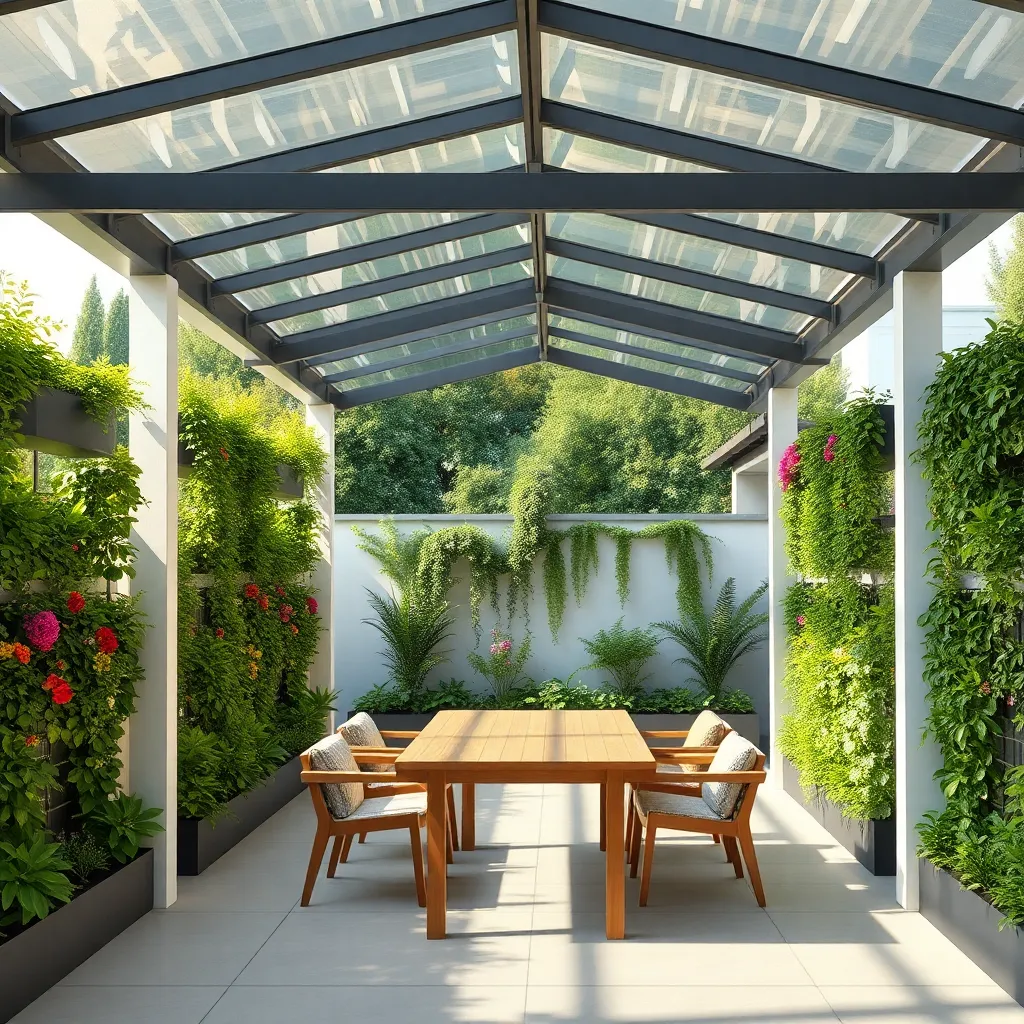
Transform your compact outdoor area into a lush oasis by embracing vertical gardening. Start by selecting sturdy materials like wood or metal for your vertical frame, ensuring it can support the weight of your plants. Use wall-mounted planters or pocket planters to maximize space; these can often be attached directly to walls or fences. For beginners, consider starting with easy-to-care-for plants like succulents or herbs, which thrive in vertical arrangements and require minimal maintenance.
To elevate your vertical garden’s functionality, integrate a simple drip irrigation system or self-watering planters to keep your plants hydrated without hassle. Advanced gardeners might experiment with hydroponic systems, which can boost growth by circulating nutrient-rich water to the roots. Try planting a mix of flowering vines, ornamental grasses, and leafy greens to add texture and color. Remember, spacing is key; arrange your plants to ensure each receives adequate sunlight, generally allowing at least 6-12 inches between each plant, depending on their growth needs. This approach not only enhances aesthetic appeal but also optimizes the use of limited outdoor space.
Incorporate Multifunctional Furniture Pieces
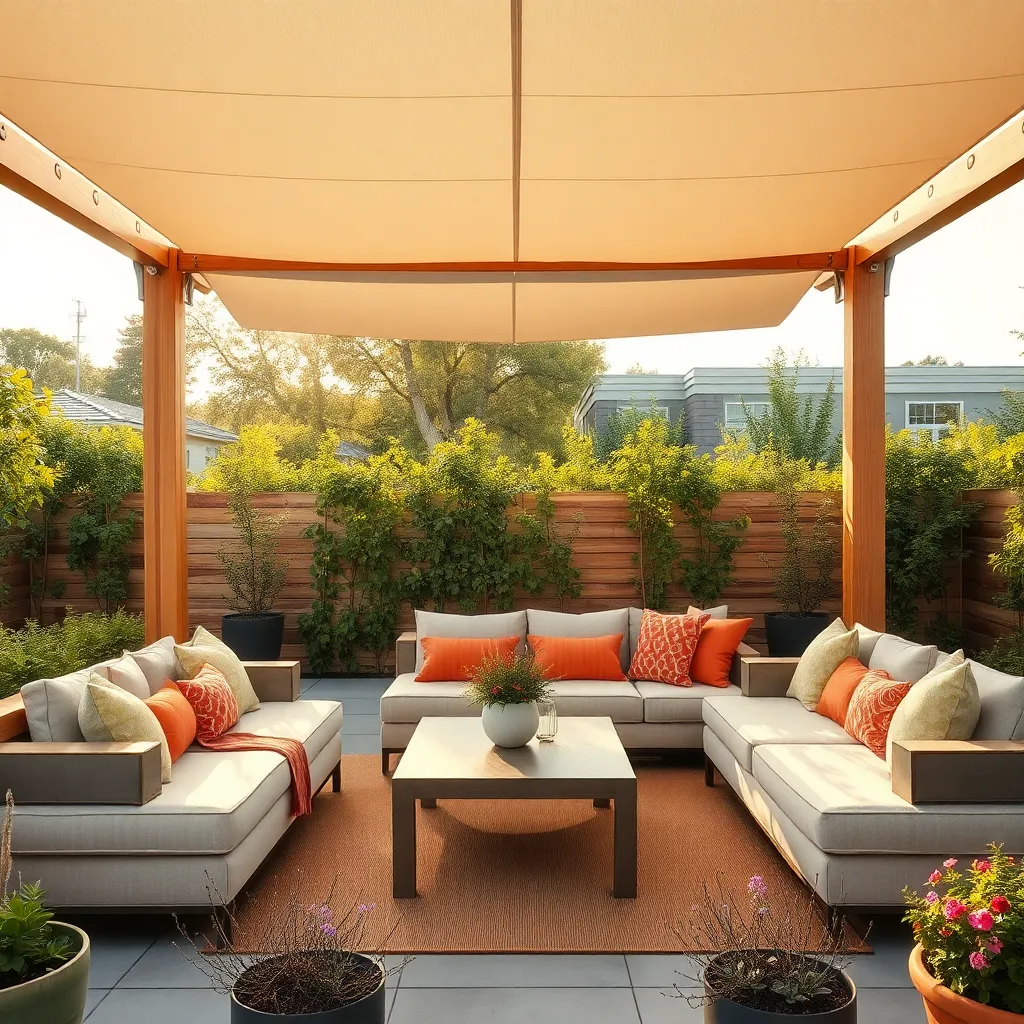
To make the most of your outdoor shelter, consider incorporating multifunctional furniture pieces that can adapt to different needs. Look for items like benches with built-in storage or tables that can extend to accommodate more guests. These pieces not only save space but also enhance the functionality of your area, allowing you to easily shift from a quiet afternoon retreat to hosting a lively gathering. Opt for materials like weather-resistant wood, metal, or recycled plastic to ensure durability and low maintenance.
For a more advanced touch, consider furniture that can transform with the seasons. Convertible sofas that double as loungers or daybeds are an excellent choice for maximizing relaxation. If you enjoy DIY projects, crafting a custom piece from pallets or reclaimed wood can add a personal touch while providing the flexibility you need. Ensure that any multifunctional furniture is proportionate to your space—compact yet versatile, with dimensions that fit comfortably within your shelter’s layout.
Utilize Corner Nooks for Seating
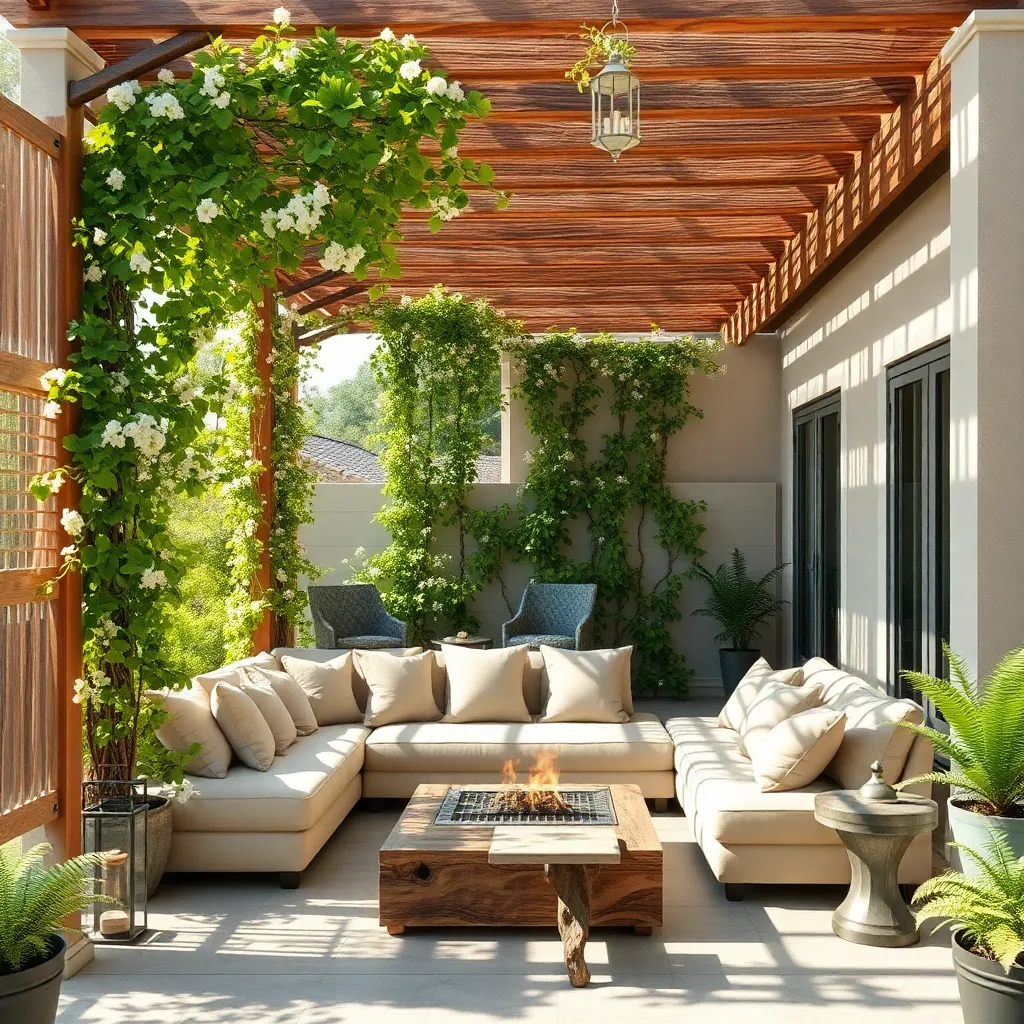
One effective way to maximize your outdoor space is by utilizing corner nooks for seating. These often-overlooked areas can be transformed into cozy retreats with a few simple adjustments. Start by selecting weather-resistant materials such as treated wood or metal for durability. For beginners, consider using pre-made corner benches that fit snugly into the available space. Add cushions with outdoor fabric to enhance comfort and style, ensuring they’re easy to clean and store away during bad weather.
To elevate the design, incorporate built-in planters on either side of your seating to add a touch of greenery. This not only enhances aesthetics but also creates a more inviting atmosphere. Advanced DIYers can experiment with custom-built seating that includes storage space underneath, allowing you to keep outdoor essentials like blankets and games neatly tucked away. Remember to measure your corner space accurately to make sure your seating fits perfectly, and consider using a level to ensure stability on uneven ground.
Opt for Foldable Canopy Solutions
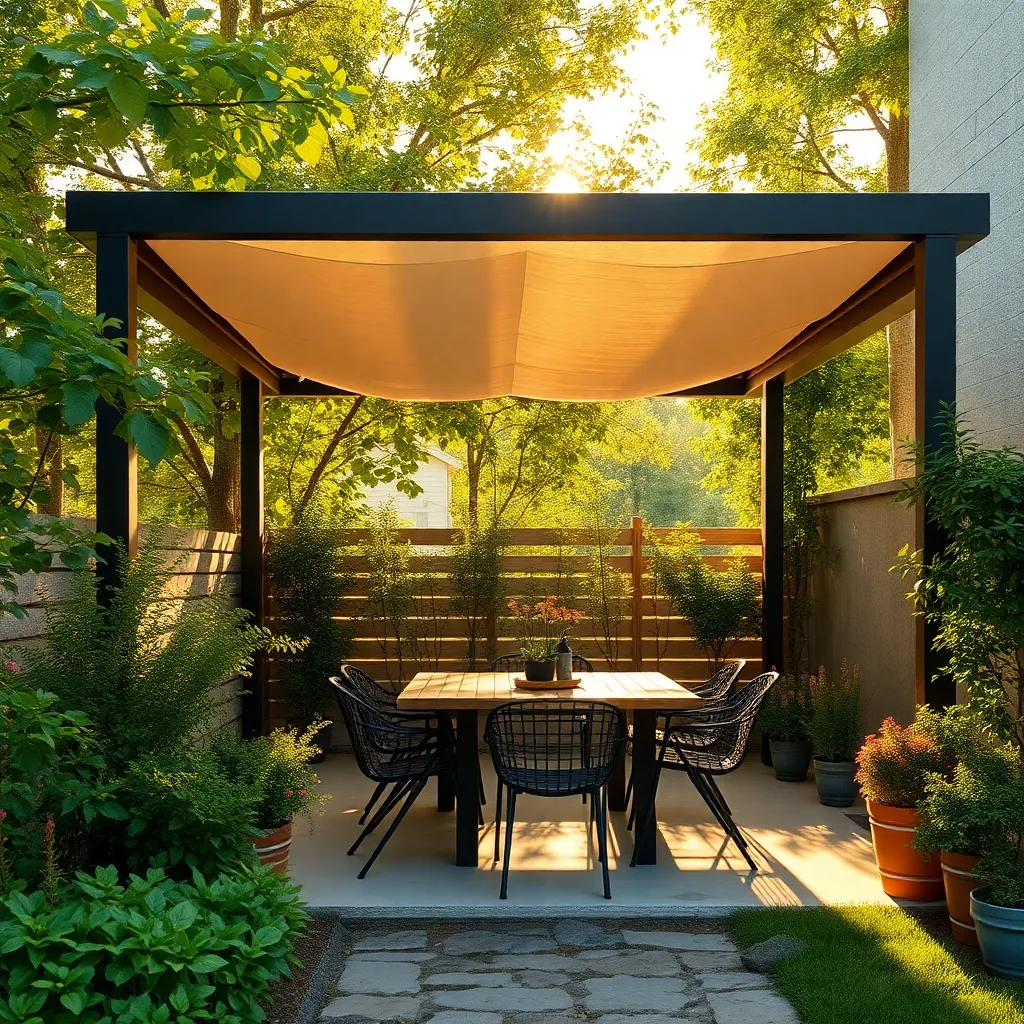
When considering outdoor shelter solutions, opting for a foldable canopy can greatly enhance the versatility of your space. These canopies are perfect for compact areas, as they can be easily set up and taken down, providing shade when needed and freeing up space when not in use. Look for canopies made from durable materials like UV-resistant polyester or heavy-duty canvas to withstand varied weather conditions. For a beginner-friendly setup, choose models with a straightforward pop-up mechanism that doesn’t require tools.
Advanced gardeners might consider canopies with adjustable leg heights and reinforced frames for increased stability in windy conditions. Ensure your canopy’s dimensions align with your available space, typically ranging from 8×8 feet for smaller decks to 10×10 feet for larger patios. For a more cohesive design, coordinate the canopy color with existing outdoor furniture or garden features. Incorporating these shelters not only provides practical benefits but also adds a touch of elegance and functionality to your outdoor living area.
Create Privacy with Screen Panels
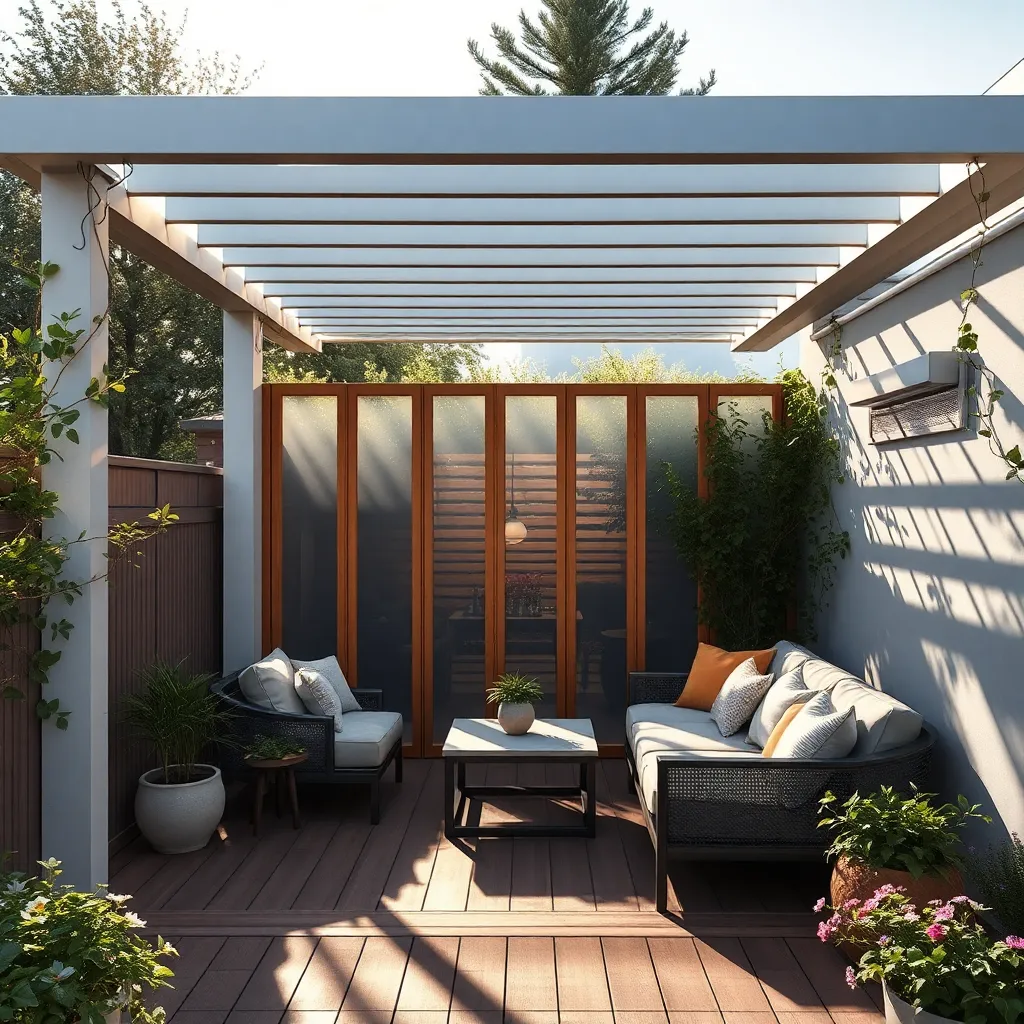
Screen panels offer an excellent way to add privacy to your outdoor space while enhancing its aesthetic appeal. Choose materials such as bamboo, wood, or metal to suit your design preferences and the overall style of your garden. For beginners, consider using pre-made lattice panels that are easy to install and can be painted or stained to match your outdoor decor. Advanced DIY enthusiasts might explore creating custom panels with intricate designs or patterns using CNC-cut metal or laser-cut wood, offering a unique touch to your space.
When installing screen panels, it’s crucial to consider their placement for optimal privacy and visual impact. Position panels strategically to block unwanted views while still allowing airflow and light. A common approach is to use panels that are at least 6 feet tall to ensure adequate coverage. To secure the panels, use sturdy posts and brackets, making sure they’re anchored properly into the ground to withstand weather conditions. For added stability, consider using cement or gravel at the base of each post. Incorporating climbing plants like jasmine or ivy can add a natural element to your panels, providing both beauty and extra privacy over time.
Install Compact Built-In Benches

Incorporating compact built-in benches is a great way to maximize functionality in tight outdoor spaces. Consider using durable materials like cedar or teak, which are naturally resistant to weather and insects, ensuring longevity. For a sleek and modern look, opt for benches with clean, straight lines and integrate them into existing structures like walls or decks. Space-saving designs can include storage compartments underneath the seating, providing an additional utility without sacrificing style.
For beginners, start by measuring your available space to determine the ideal bench size—typically, a depth of 18-20 inches and a seat height of 16-18 inches offers comfortable seating. Advanced DIYers might explore adding cushions with weather-resistant fabric for added comfort and aesthetic appeal. To further enhance the outdoor shelter, consider incorporating built-in planters at the ends of the benches, which can add a vibrant touch of greenery and help blend the seating area into the natural landscape.
Choose Lightweight, Movable Fixtures
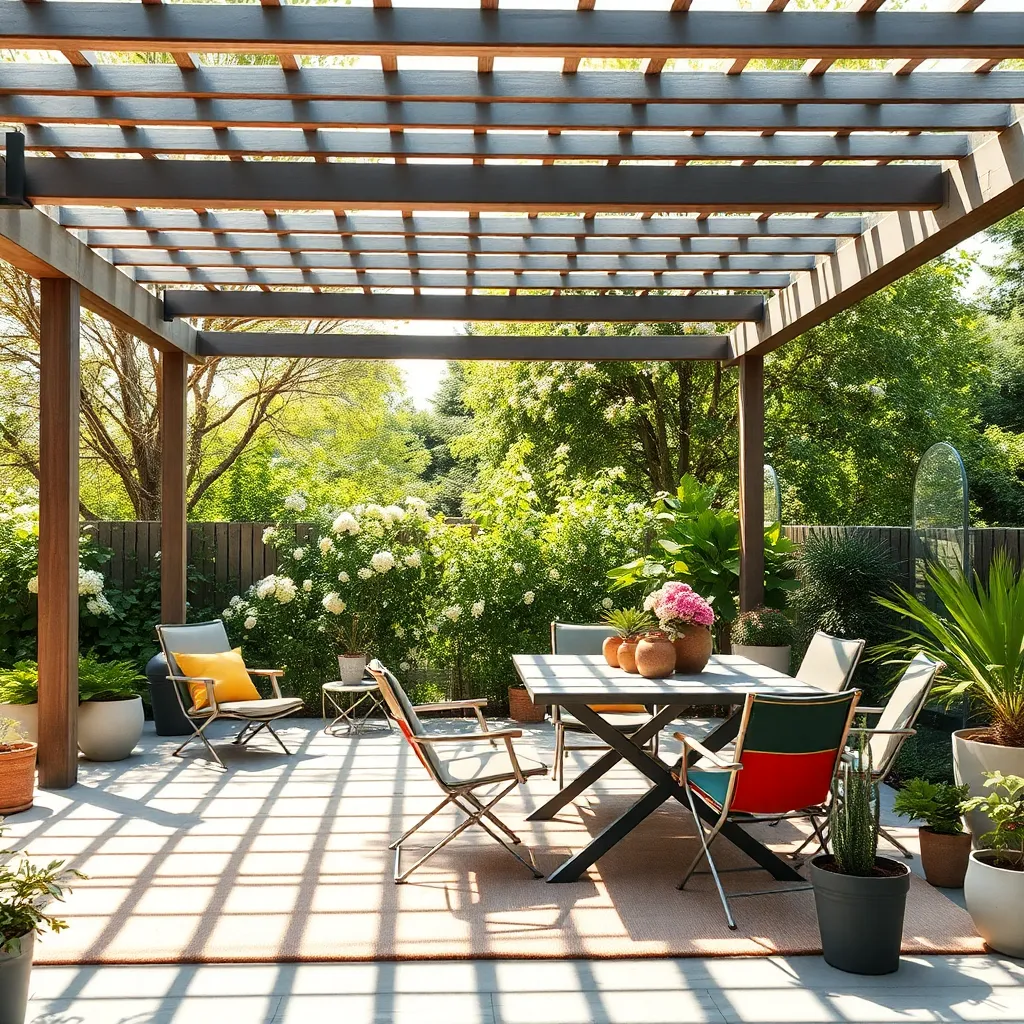
When designing compact outdoor spaces, opting for lightweight, movable fixtures is a game-changer. These fixtures, such as folding chairs and collapsible tables, provide flexibility and can be easily rearranged or stored as needed. Materials like aluminum or treated acacia wood are not only durable but also lightweight, making them ideal for outdoor use. For beginners, start with simple pieces that can be folded or stacked, allowing you to maximize space without sacrificing comfort.
For those looking to take it a step further, consider fixtures with built-in storage, such as benches with hidden compartments. This dual functionality is perfect for small gardens or patios, helping to keep the area tidy while providing additional seating. Advanced gardeners might experiment with modular furniture that can be reconfigured to suit different occasions or seasonal changes. By focusing on movable, lightweight options, you ensure that your outdoor space remains versatile and inviting throughout the year.
Design with Modular Structures
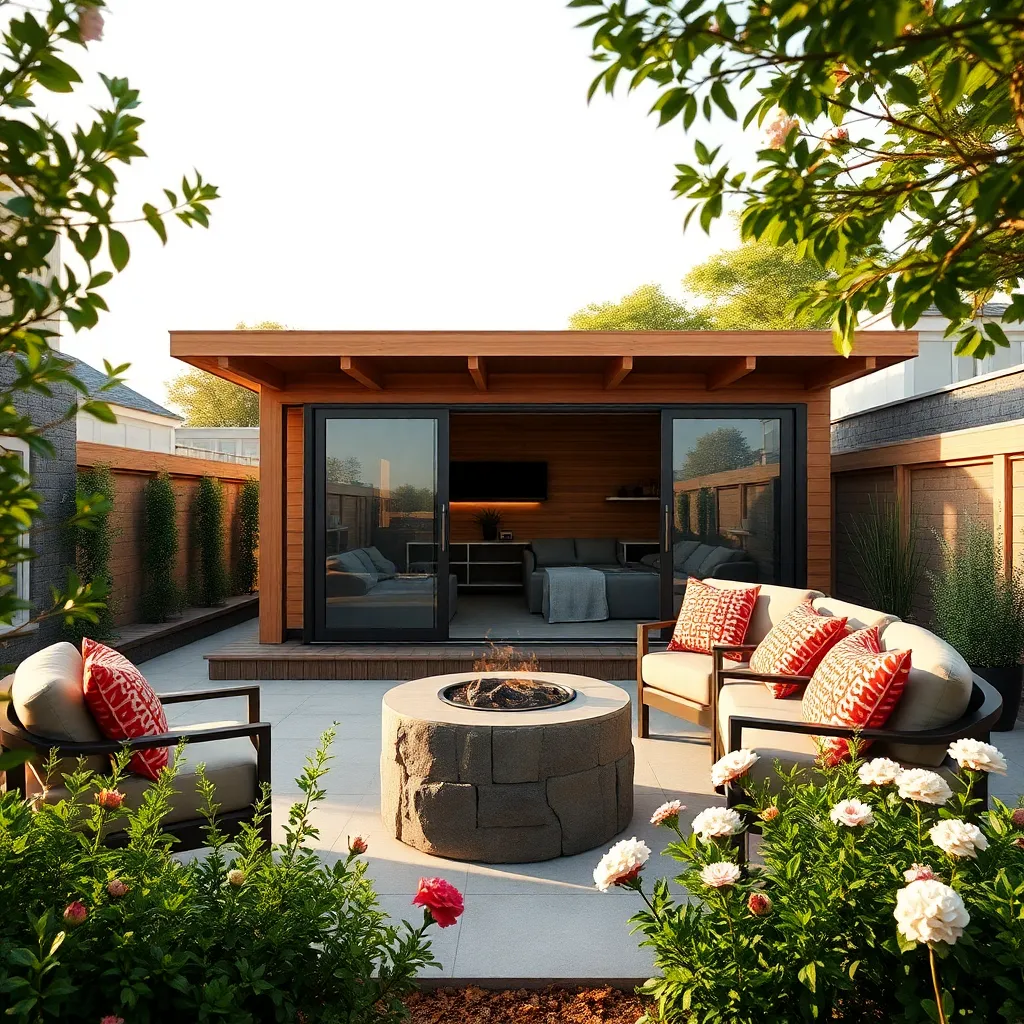
Embrace the versatility of modular structures to create adaptable outdoor spaces that suit your changing needs. These structures, which can be assembled using pre-fabricated panels or units, offer flexibility in both design and functionality. For beginners, consider using lightweight materials like aluminum or composite wood to build a simple pergola or gazebo. These materials not only withstand the elements but also make the structure easy to modify or relocate. Think about incorporating adjustable panels or sliding doors to enhance the space’s utility, allowing it to provide shade during the day and open views at night.
For those seeking a more advanced setup, integrate solar panels into your modular design to create an energy-efficient shelter. This not only powers lighting and small appliances but also adds a modern touch to your outdoor space. Additionally, consider installing a green roof using shallow planters with drought-resistant plants to improve insulation and aesthetic appeal. When designing your structure, aim for dimensions that allow for easy expansion or reconfiguration, such as a 10×10 foot base, which can be adjusted as your needs evolve. This approach ensures that your outdoor shelter remains both functional and stylish as your lifestyle changes.
Select Space-Saving Storage Options
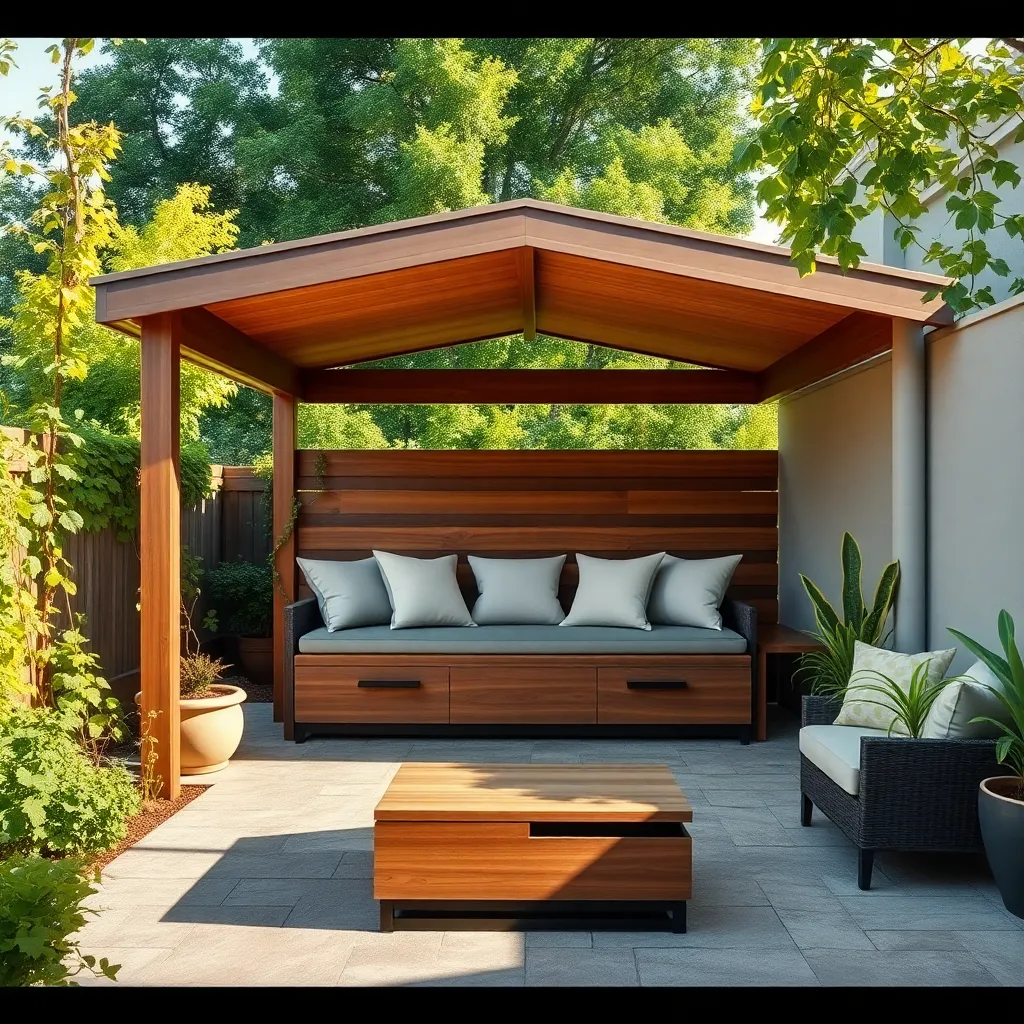
To maximize your outdoor space, consider vertical storage solutions that take advantage of height rather than floor space. Wall-mounted shelves or pegboards can be used to store gardening tools and accessories efficiently. Opt for materials like weather-resistant metal or treated wood to ensure durability and longevity. Beginners can start with simple, pre-fabricated units, while seasoned DIY enthusiasts might enjoy customizing their own structures to fit unique needs.
Another smart approach is to utilize multi-functional furniture that doubles as storage. Benches with built-in compartments or a table with hidden drawers can significantly reduce clutter. Look for designs that blend with your outdoor decor, using materials like teak or powder-coated metal for a modern touch. For those with more advanced skills, consider building custom pieces that incorporate lockable storage to keep items secure and organized.
Embrace Minimalist Color Palettes
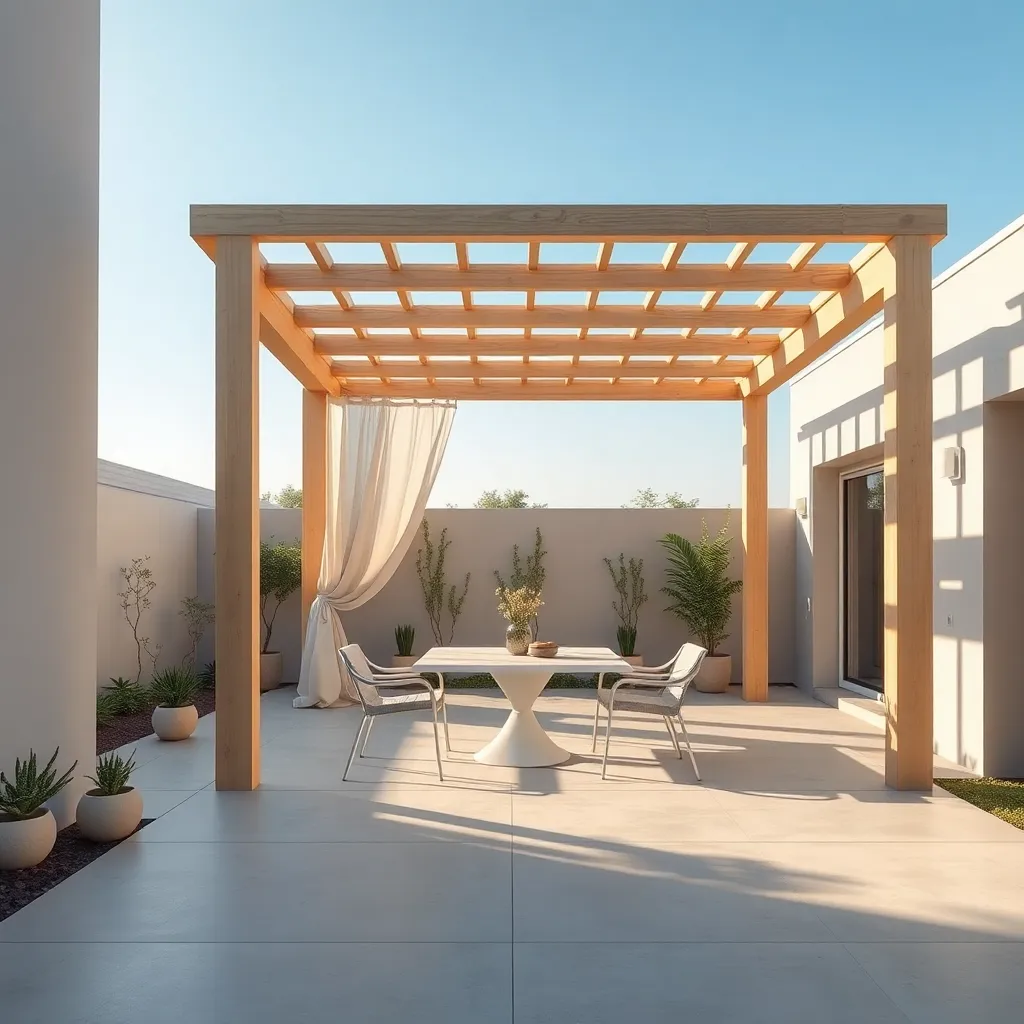
When designing a compact outdoor shelter, embracing a minimalist color palette can create a serene and cohesive space. Opt for neutral tones like whites, greys, and beiges, which can help the area feel larger and more inviting. To implement this, consider using natural materials such as light-colored wood or stone for your shelter’s structure and seating. These materials not only offer durability but also blend seamlessly with the outdoor environment, enhancing the minimalist aesthetic.
Incorporate subtle pops of color through accessories like cushions or planters to add visual interest without overwhelming the space. For beginners, start with a monochromatic scheme and gradually introduce textures and shades to add depth. Advanced gardeners can experiment with durable outdoor fabrics in muted tones, ensuring they withstand weather elements while maintaining a minimalist look. By focusing on a streamlined palette, you create a peaceful retreat that complements any garden style.
Enhance Ambiance with Layered Textures
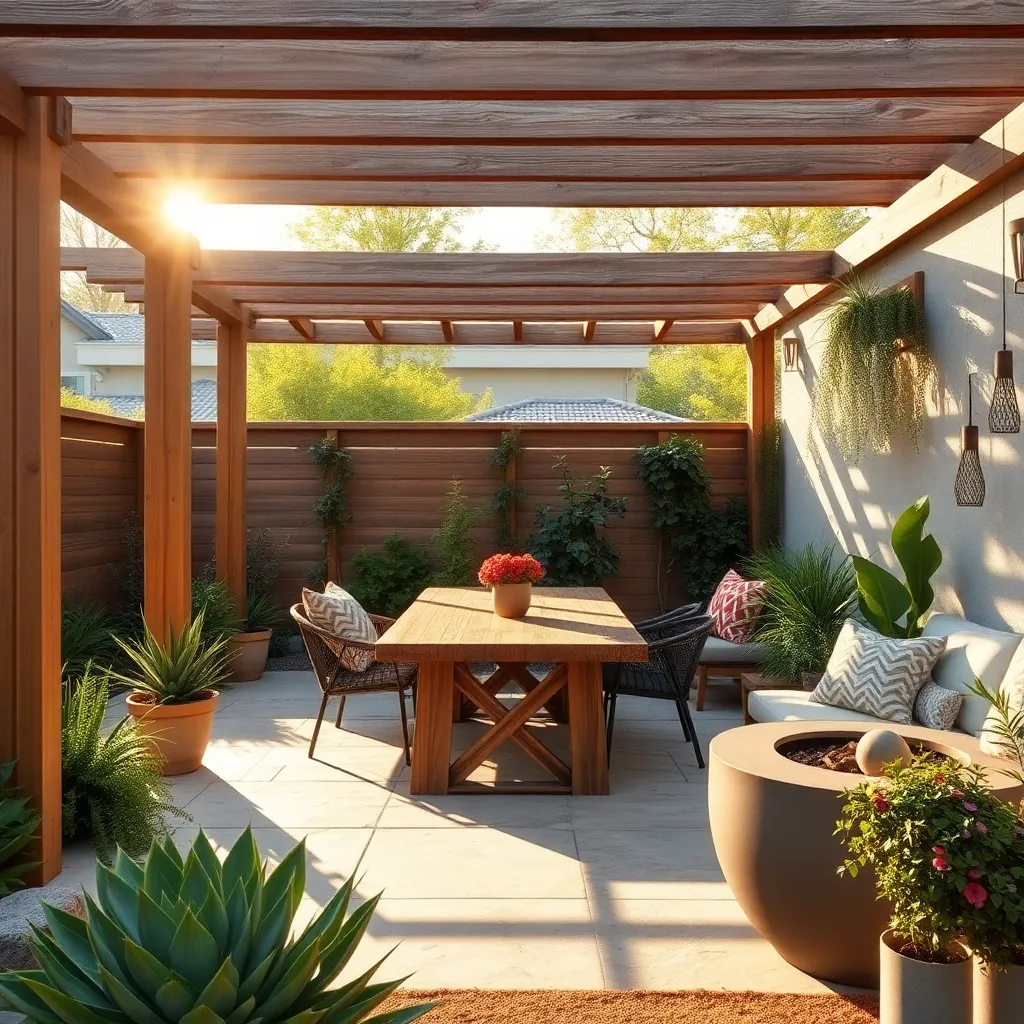
To create a visually appealing outdoor shelter, consider layering textures to enhance the overall ambiance. Start by combining natural materials like wood, stone, and metal to add depth and interest. For instance, you can use a wooden pergola as the primary structure, accentuated with stone flooring and metal fixtures. This blend of textures not only adds aesthetic value but also provides durability and functionality, making your space both beautiful and resilient.
Elevate your design by incorporating soft elements such as fabric drapes or hanging plants to contrast with the hard materials. Choose weather-resistant fabrics for drapes or cushions to ensure longevity. For those looking to add a personal touch, consider installing vertical gardens on walls or lattice structures, which can serve as a living tapestry. This layering technique not only boosts the visual appeal but also offers versatility, allowing you to easily adapt the space seasonally or for different occasions.
Include Collapsible Dining Arrangements
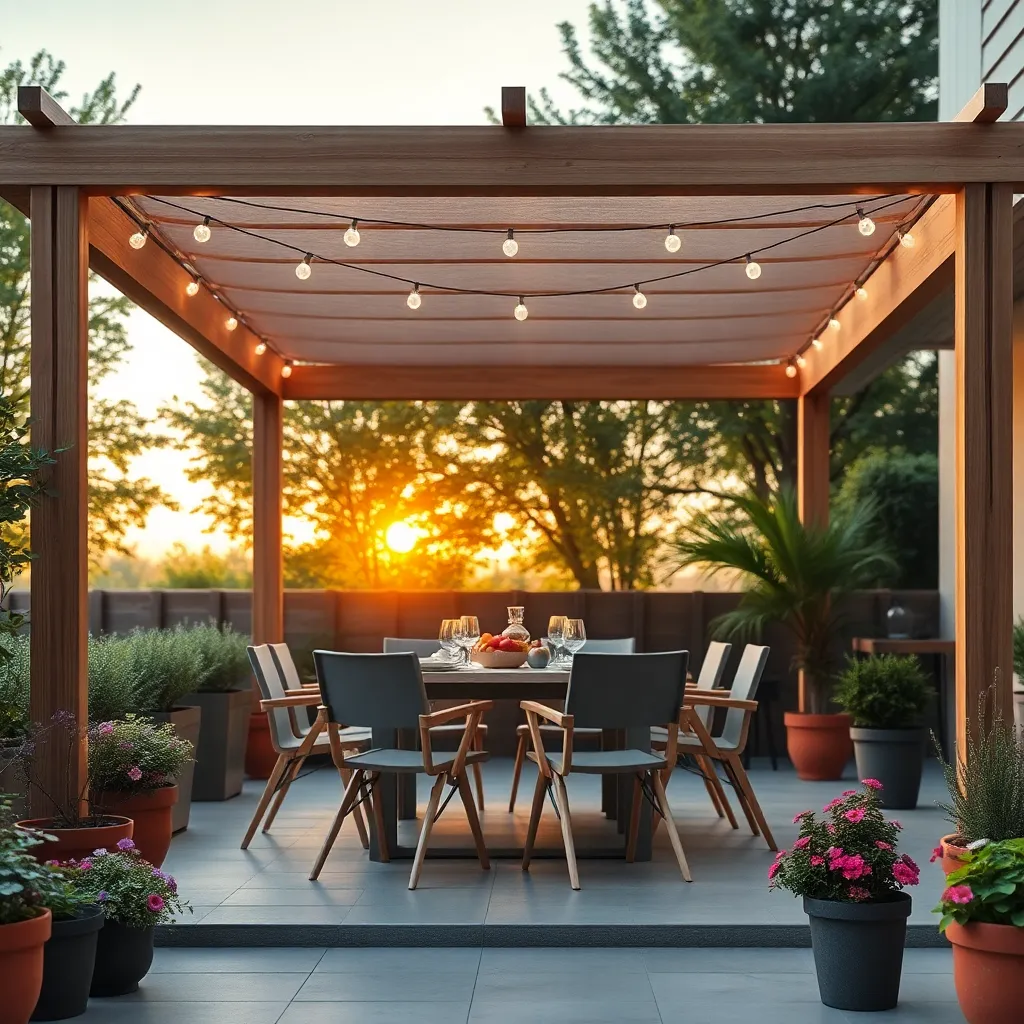
Incorporating collapsible dining arrangements into your outdoor shelter is a smart way to maximize space and flexibility. Opt for foldable tables and chairs made from durable materials like teak or powder-coated aluminum, which can withstand the elements and provide longevity. Choose furniture with easy-to-operate mechanisms to ensure they are simple to set up and store, especially if you have limited space.
For those looking to refine their setup, consider adding cushions made from weather-resistant fabrics to enhance comfort and style. Advanced tip: Install a wall-mounted drop-leaf table to further save space when not in use, offering an elegant solution for compact dining areas. This versatile approach ensures your outdoor space is functional and inviting, accommodating anything from a casual meal to a more formal gathering.
Conclusion: Creating Beautiful Outdoor Spaces
As we journeyed through the ’12 Compact Spaces Ideas for Your Next Project,’ we explored key concepts like embracing open communication, fostering emotional intimacy, and cultivating shared goals. We delved into the importance of personal space, the art of compromise, and the power of setting boundaries. Additionally, we highlighted the significance of nurturing growth, practicing empathy, and maintaining mutual respect. These ideas serve as the foundation for building a resilient and fulfilling relationship.
Now, let’s turn inspiration into action. Choose one concept from the list and discuss it with your partner today. Whether it’s planning a shared goal or initiating an open conversation, taking this step can strengthen your bond and enrich your connection.
Remember, every relationship thrives on continued effort and understanding. Bookmark this article as your go-to guide, ensuring that these insights remain at your fingertips whenever you need a gentle reminder or fresh inspiration.
By implementing these relationship strategies, you are paving the way for a future filled with love, joy, and harmony. Embrace this journey with an open heart, knowing that every step you take brings you closer to a successful and enduring partnership.
